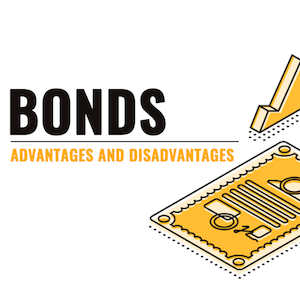Dividend Growth vs. Other Income Strategies
The Problem
Most income DIY investors are planning to withdraw funds regularly for their retirement needs. If you're making systematic withdrawals, you're selling more shares when the market is low and fewer when it's high. Each withdrawal exacerbates the decline when your investment falls in value and reduces the gains when the fund rises. In a severe bear market, pulling money from a tumbling portfolio can be catastrophic.
The Solution
We recommend every income DIY investor to follow a so-called "3-bucket system". In essence, you divide your money into three buckets: One is for cash that you'll need in the next two years, including utilities, food, clothes, housing, and other near-term fixed expenses. The 2nd bucket is for the money you'll need in the next 3 to 5 years. The final bucket is for the money you'll need in the more distant future.
The dividend growth strategy is ideal for the 3rd bucket purpose. It can also be utilized for the 2nd bucket in a low-interest rate environment. The other alternative income strategies such as preferred stocks can be selected as the 2nd bucket strategy too for meeting intermediate term needs. The bucket system gives income DIY investors the confidence and peace of mind to stay the course. For more information on income planning, please visit our free education site at Institute for Lifetime Income Research.
Most income DIY investors may ask how the dividend growth strategy compares to other popular income strategies such as bonds, annuities, prefered stocks, closed-end funds, Real Estate Investment Trusts (REITs), and Master Limited Partnerships (MLPs). In an economic down market, the dividend growth strategy can suffer more short-term loss than other traditional income strategies, but it does not alter the ultimate benefits of a dividend growth strategy in the long-term as a 3rd bucket income and growth strategy. We must also point out the weakness of other income strategies as compared to the dividend growth strategy as follows.
High Yield Bonds
|
Income Annuities
|
Preferred Stocks
|
Closed-End Funds
|
REITs
|
MLPs
|
Remarks: In addition to the dividend growth, the same strategy can be applied to rental income property investment in a population growing area with rent increase every year. This strategy has income growth characteristics and can be leveraged with less capital requirement. The only drawback is its liquidity risks because a rental property cannot be easily bought or sold like a dividend growth stock.






